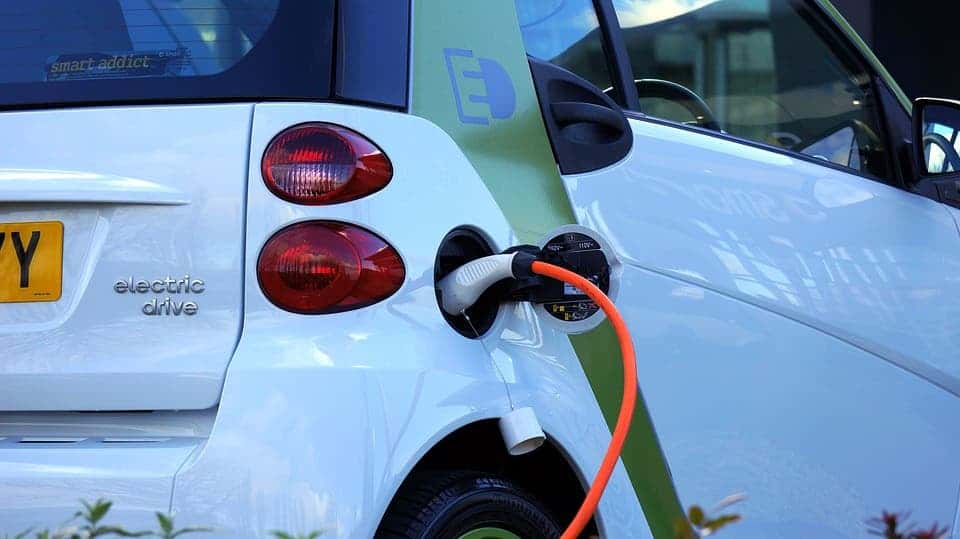British researchers devised a new statistical tool to predict how the price of energy storage tech will fare in the future. Given current trends, the price for batteries could lower enough to make electric cars rival gasoline and diesel vehicles as early as 2022 under the most optimist scenario. Home storage tech — the kind that stores excess power generated by rooftop solar panels — could become competitive in the early 2030s.

More and more people and businesses alike are using renewable energy sources like solar for electricity. It just makes economic sense since in some places solar is already cheaper than the grid and the window of opportunity is expanding every day as manufacturers battle one another for who can slash prices the most. But while the price of power generation for solar has come down dramatically, the same can’t be said about battery storage which has had a much slower start but is still growing nonetheless. This price gap, however, means that solar or wind aren’t competitive with fossil fuels in some areas — not until this gap is bridged.
The good news is that bridging the gap is only a matter of time. A 2016 analysis by GreenTechMedia, a leading solar market research firm, suggests the cost of installing an energy storage system will drop by 41% by 2020, to $400 a kilowatt-hour, down from the current average of $670. Electric vehicle battery cost has dropped by 80% in the last six years. Tesla, which is making its own high capacity batteries at Gigafactory, and is already, by some accounts, making 35% cheaper batteries.
The question on the minds of researchers from Imperial College London was when exactly can we expect EV and home batteries rival petrol cars and the grid.
“Energy storage has been recognised by leading figures such as Barack Obama and Bill Gates as one of the key technologies of a low-carbon 21st century. With this analysis tool we can quantify when energy storage becomes competitive and identify where to invest to make it happen, thereby minimising investor and policy uncertainty,” said Oliver Schmidt, from the Grantham Institute and the Centre for Environmental Policy at Imperial.
The new analysis published in Nature Energy used a large database to predict the price of storage technologies for various scenarios. Baring historical developments and future trends, the team compared, for instance, how much it costs to drive one single mile in an electric car with the price of electricity included versus driving the same mile with a conventional car, fuel included. The work shows that under an optimistic scenario where reasonable investments are made, energy storage tech could soon become so cheap that price will no longer be an entry barrier for electric vehicles.
Bearing current oil prices in mind, which history has taught us can vary wildly over the space of a decade, the researchers found electric cars will catch up with petrol cars cost-wise by 2034 at the latest and 2022 at the earliest. This uncertainty window of 12 years depends on how fast manufacturers can improve their technology and build new factories, the price of oil, and regulation. For instance, putting a tax on carbon — in other words, pricing an externality which is already causing damage — is foreseeable to happen in most parts of the developing world (plus China) and that would seriously tip the scale in favor of EVs.
“We find that, regardless of technology, capital costs are on a trajectory towards US$340 ± 60 kWh−1 for installed stationary systems and US$175 ± 25 kWh−1 for battery packs once 1 TWh of capacity is installed for each technology,” the team concludes.
The researchers say the same tool could be used to gauge other types of investments in large-scale lithium-ion batteries. For instance, they cite the controversial Kinkley Point C nuclear power plant as an example. The plant’s projected cost is £19.6bn and should produce 3.2 GW of power on demand when ready in 2025. In contrast, for the same cash invested in a large-scale lithium-ion network, by 2025 the system could deliver 21-42 GW of power when charged or ten times the UK’s storage capacity.
“This tool allows us to combat one of the biggest uncertainties in the future energy system, and use real data to answer questions such as how electricity storage could revolutionise the electricity generation sector, or when high-capacity home storage batteries linked to personal solar panels might become cost-effective, Co-author Dr Iain Staffell, from the Centre for Environmental Policy said.


